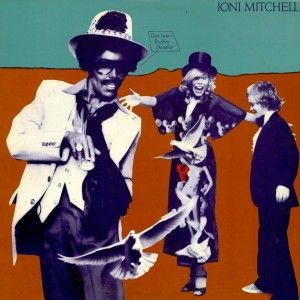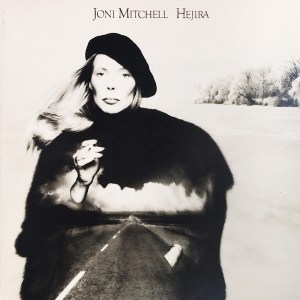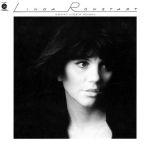
- With INCREDIBLE Shootout Winning Triple Plus (A+++) grades or close to them from start to finish, this early Ode pressing is practically as good a copy as we have ever heard
- Big, full-bodied and Tubey Magical, yet still clean, clear and open – finally, the dark veil obscuring the sound of most copies has been lifted
- This album is clearly Carole’s masterpiece – it’s loaded with great songs, and they all sound solid and correct here, two qualities which are critically important to the sound of the album
- A great sounding pressing of Tapestry with quiet vinyl and no marks that play is a rare animal indeed — this one has the sound, the surfaces are another story
- 5 stars: “…an intensely emotional record, the songs confessional and direct; in its time it connected with listeners like few records before it, and it remains an illuminating experience decades later. A remarkably expressive and intimate record, it’s a work of consummate craftsmanship.”
Audiophile sound is not easy to find on Tapestry. As we’ve been saying for twenty years, most copies are either dull and murky or edgy and thin, and on half the ones that do sound good, the vinyl is noisy.
On a copy like this, though, the sound gets out of the way and lets you focus on the MUSIC — and make no mistake, the music on this album is as good as it gets from Carole King.
We went nuts for this album during our big shootout. Since most of the time we’re playing testosterone-fueled, raging classic rock, it was a nice change of pace for us — and certainly easier on our poor eardrums. Our man JT makes an appearance playing acoustic guitar on a number of tracks, most notably You’ve Got A Friend, and his pals Russ Kunkel and Danny Korstchmar turn up too, with Kootch handling most of the electric guitar duties.
Carole returned the favor, playing the piano and singing on Taylor’s wonderful but underappreciated Mud Slide Slim album.
What’s surprising, if you haven’t played this album in a while, is how good non-hit tracks like “Home Again” can be. But there aren’t many of those non-hits on this album, and that’s a good thing; almost every song was a hit or received a lot of radio play. The quality of the material is that good.
What We’re Listening For on Tapestry
Transparency and Richness
One quality that we had no trouble recognizing on the better copies was transparency. The more transparent copies made it possible to hear through the mix to Carole’s piano, which is usually placed toward the back of the mix. There it serves to underpin the music, playing more of a supporting role than a leading one, very unlike the piano on a Joni Mitchell album for example.
The best copies let you easily follow Carole’s playing all the way through every song, from start to finish, no matter how quiet her part or how far back in the mix she may be placed.
If the pressing has a thinner sound (here are some examples of thin sounding records), obviously it becomes easier to pick up on the percussive nature of the instrument and “see” it more clearly. However, a thin piano tone on this album is the kiss of death. The best copies allow you to hear the full range of notes — including those played with the left hand — and for that, you need both richness and transparency.
This is a tricky balancing act; rarely in our experience do any two copies find precisely the same balance throughout an entire side.
(more…)



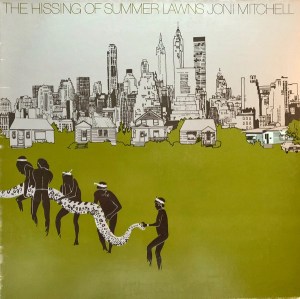
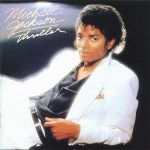

 No, this piano has real weight; it has body; and it’s surrounded by real, three-dimensional studio space.
No, this piano has real weight; it has body; and it’s surrounded by real, three-dimensional studio space.